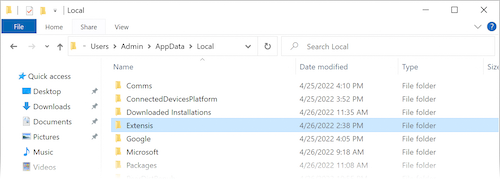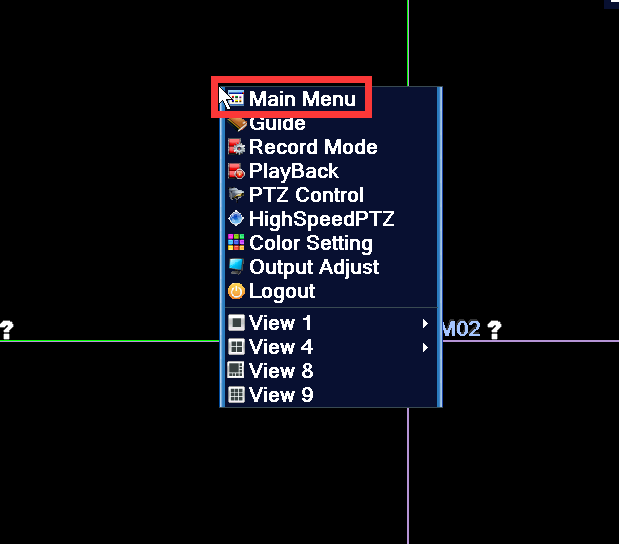

The enhanced password is the forerunner of Universal Password. The limitations of the simple password are that no password policy (minimum length, expiration, etc.) is enforced.Įnhanced Password: The enhanced password is no longer supported by NetIQ. Simple Password: The simple password was originally implemented to allow administrators to import users and passwords (clear text and hashed) from foreign nds-cluster-config directories such as Active Directory and iPlanet. Only the NDS system can make use of this password, and it cannot be converted into any other form for use by any other system. NDS Password: The older NDS password is stored in a hash form that is nonreversible. For more information, see Diagpwd utility. As an administrator, you can re-encrypt passwords using the Diagpwd utility.

When a user logs in to eDirectory, NMAS re-encrypts the passwords that were earlier encrypted with 3DES keys. To create an AES 256-bit key, see Creating an AES 256-Bit Tree Key in the NICI Administration Guide. eDirectory 9.0 supports AES 256-bit keys. Only administrators with the Supervisor right or the users themselves have the rights to change Universal Passwords.įile system rights ensure that only a user with the proper rights can access these keys.īy default, the user specific key and the tree key are 3 DES keys. Thus, while stored, the Universal Password is protected by three layers of encryption.Įach key is also secured via eDirectory rights. So, data encrypted with the tree key can be recovered only on a machine within the same tree. The tree key is present on each machine within a tree, but each tree has a different tree key. They are not stored with the data they protect. Note that neither the tree key nor the NICI key is stored within eDirectory. The user key is stored encrypted with the tree key, and the tree key is protected by a unique Novell International Cryptographic Infrastructure (NICI) key on each machine. Both the Universal Password and the user key are stored in system attributes that only eDirectory can read. Users can filter information based on where it is in the company.The Universal Password is encrypted by a user specific key.
#UNIVERSAL TYPE CLIENT CHANGE PASSWORD WINDOWS#
Users on Windows devices will automatically discover printers that are closest to their current location. Organization within a company's hierarchy can also be used to organize printers based on business needs. To help users find nearby printers, configure location information. Specifies default finishings, such as whether the print job should be stapled or hole punched. The default quality to render the print job. Specifies whether the content should default to shrink to fit page size. Specifies the default number of pages to print on each side of paper. For example: plain paper or transparency. Specifies whether the print job should default to Portrait or Landscape mode. Specifies whether the print job defaults to print on one side or on both sides of the paper. Specifies whether the print job defaults to color or black and white.

Propertyĭefault number of copies for the print job. To reset these values to the manufacturer's factory settings, click Apply Factory Defaults. Available settings for these fields are controlled by the printer device based on its supported features. The default settings configured for a printer will be automatically applied to new print jobs unless overridden by a user. Timestamp of when the printer was shared. ID assigned by Universal Print when the printer is shared. This is the printer name that the end-user sees on their client device. Specifies whether the printer is accepting new print jobs.Īdmin specified value when sharing the printer.

Timestamp of when the printer was registered.Īdditional printer state details, if available. UPN of the user who registered the printer. ID assigned by Azure Active Directory when the printer is registered. Value provided by the printer at the time of printer registration. This information is provided by the printer device and the Universal Print service, and cannot be changed. Basic metadataīasic metadata distinguishes one printer device from another and provides a brief summary of its state. See Sharing Printers using the Universal Print portal for instructions. To control who can use this printer, configure permissions on the associated printer share. Printers need to be shared before they can be found by users.


 0 kommentar(er)
0 kommentar(er)
